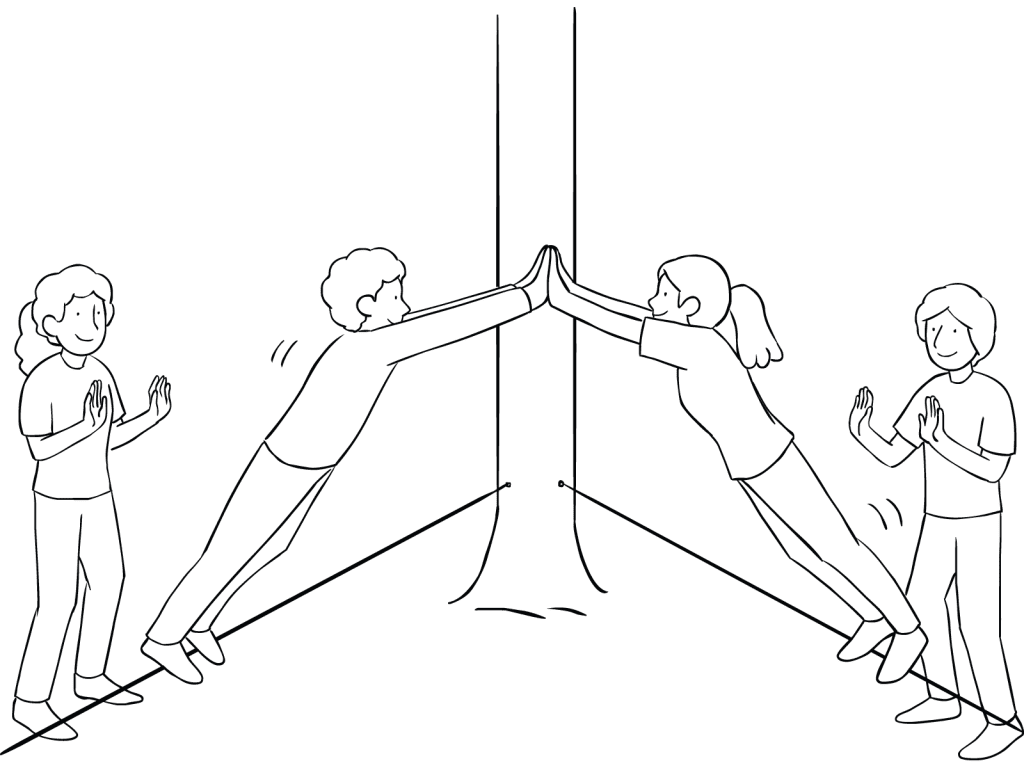Save to Playlist
Step-by-Step Instructions
Resources Premium
Instructor Role Premium
Participant Responsibilities Premium
Practical Leadership Tips Premium
Social-Emotional Learning Premium
Health & Wellness Programming Premium
Popular Variations Premium
You Might Also Like... Premium
Useful Framing Ideas Premium
Reflection Tips & Strategies Premium
Source Premium

No Props No Problem
Brand NEW book featuring 150+ outrageously fun group games & activities. Scan QR codes to connect to tons of digital content including video tutorials.
Add to Cart
NEW – No Props No Problem
The best-selling book featuring 150+ outrageously fun group games & activities. Scan QR codes to access exclusive digital content including video tutorials.

Free Ice-Breakers & Group Games
Ten of the best no-prop, interactive ‘get-to-know-you’ games & activities. 100% fun, your group will love ’em. Our most successful giveaway, 10,000+ downloads so far…
Top Ten Icebreakers & Group Games
Download our free 28-page ebook jam-packed with outrageously fun activity ideas.
Just one more question:
I am interested in…
Choose a plan that’s right for you
We offer a range of membership plans with no surprises.
Click an option below & discover our simple pricing.

Individual
Click here if you’re a:
- Teacher
- Corporate trainer
- Outdoor educator
- Camp leader
- Youth leader
- Conference organiser
- Therapist/counsellor
Membership Plans

Enterprise
Click here if you represent a:
- School
- Corporation
- Community-based Organisation
Explore plans for
10, 50, 200 or more
potential users
Membership Plans






I have seen this called the Eiffel Tower. Two people trying to “climb to the top”, supporting eachother. along the way. I will never forget when we did a pair by pair reflection and a student said “it helps to pretend you have something in your butt and you clench it the whole time…this helps you not bend at the waist”. Every pair after that made it to the top no problem! A great memory indeed but also a great tip.
Too funny Emily. I had a similar refrain when leading this activity, too. I employed the ‘credit card’ principle of clenching your buttocks hard enough to leave an imprint of the card’s numbers…